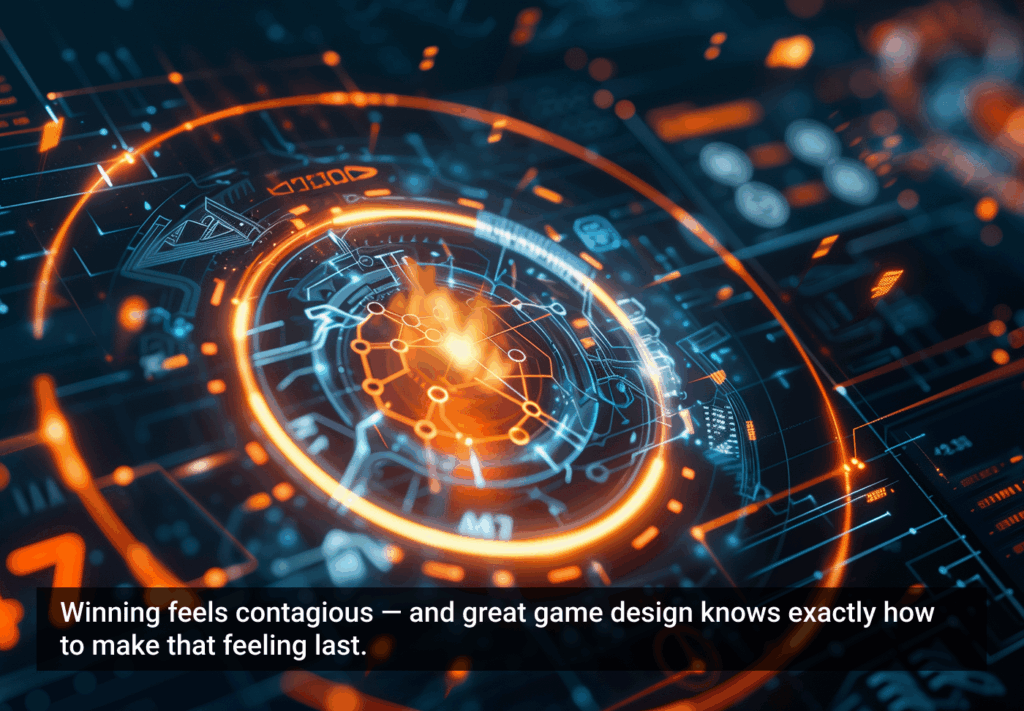On the heels of today’s article on the Internet of Things and the struggle to make the mythical smart fridge a reality, it seems appropriate to take a closer look at the Design for Experience category, Bridging Digital and Physical Experiences.
In his article, Avi Itzkovitch discusses how tricky it’s been creating interfaces that allow users to easily input the items they are putting into their fridge. He suggests that as radio frequency identification (RFID) tags (which allow individual products to be stamped with unique data and tracked) become more cost-effective, it will be easy to have a fridge that keeps track of the tagged items inside it.
The struggle with the smart fridge up to this point is that users have to scan UPC barcodes as they put new items into their fridge, or use a touchscreen to drag and drop items manually. The possibility of RFID tags allowing an appliance to keep track of the items inside it and their expiration dates without any extra work by the user is a beautiful example of a way to bridge digital and physical experiences in a meaningful way.
This is the type of innovation that belongs in the Design for Experience awards. If you know of a product, service, or team that has found a remarkable way of bridging the physical and digital divide, nominate them. If you think that your product/service/team deserves DfE recognition, apply for this award right now!
Image of nixie tube clock courtesy Shutterstock








